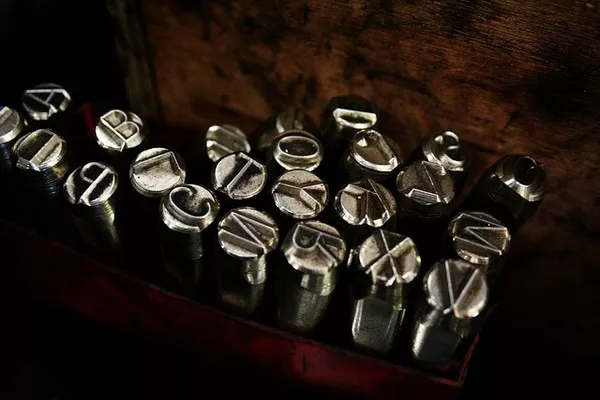Silver, renowned for its lustrous appearance and diverse applications in various industries, holds a distinct place in the realm of metals. However, when it comes to magnetism, silver is typically not associated with magnetic properties. Magnets attract materials like iron, nickel, and cobalt due to their inherent magnetic fields. Yet, intriguing questions persist: Can silver exhibit any magnetic behavior? Can it, in some circumstances, stick to a magnet? In this article, we delve into the fascinating world of magnetism and silver to explore these questions in detail.
Understanding Magnetism:
To comprehend whether silver can stick to a magnet, it’s imperative to grasp the fundamentals of magnetism. At the atomic level, magnetism arises from the alignment of magnetic moments within materials. In ferromagnetic materials like iron, neighboring atomic dipoles align in the same direction, resulting in a strong overall magnetic field. This alignment allows magnets to attract or repel certain materials.
The Curious Case of Silver:
Silver, however, is not a ferromagnetic material. Its atomic structure does not naturally align to generate a significant magnetic field. In fact, silver is considered diamagnetic, meaning it exhibits a weak repulsion in the presence of an external magnetic field. This diamagnetic behavior arises from the paired electrons in its atomic orbitals, which induce a slight magnetic response opposite to the applied field.
Experimenting with Silver and Magnets:
Despite its diamagnetic nature, under specific conditions, silver can interact with magnets. This interaction, however, is notably weak compared to ferromagnetic materials. To test this, experiments can be conducted using silver objects and magnets.
One common experiment involves suspending a small piece of silver, such as a coin or a thin foil, between the poles of a strong magnet. While the silver may exhibit a slight repulsion due to its diamagnetic properties, it typically does not adhere to the magnet in the same way ferromagnetic materials would.
Factors Influencing Magnetism in Silver:
Several factors influence the interaction between silver and magnets. One crucial factor is the strength of the magnetic field. Stronger magnets are more likely to induce noticeable effects on diamagnetic materials like silver. Additionally, the shape and size of the silver object play a role. Thinner and smaller silver pieces may exhibit more pronounced diamagnetic behavior compared to bulkier objects.
Moreover, the purity of the silver can impact its magnetic response. Impurities or alloying elements present in silver can alter its magnetic properties, potentially leading to variations in its interaction with magnets. Furthermore, the temperature of the system can influence the extent of diamagnetic repulsion, with lower temperatures typically resulting in stronger diamagnetic effects.
Applications and Implications:
While silver’s magnetic properties may not find direct applications in traditional magnetic technologies, understanding its behavior contributes to various scientific fields. In materials science, studying the magnetic properties of silver aids in the development of advanced materials with tailored magnetic responses. Additionally, exploring diamagnetism enhances our comprehension of fundamental physics principles governing matter and magnetism.
Furthermore, the ability to manipulate diamagnetic materials like silver has practical implications in fields such as magnetic levitation and magnetic resonance imaging (MRI). Diamagnetic levitation, for instance, exploits the repulsive forces between diamagnetic materials and strong magnets to suspend objects in mid-air, showcasing the intriguing interplay between magnetism and matter.
See Also How Can I Buy Physical Silver? A Comprehensive Look
Conclusion:
In conclusion, while silver is not considered a magnetic material in the conventional sense, it exhibits diamagnetic properties that result in weak repulsion when exposed to an external magnetic field. Although silver does not adhere to magnets like ferromagnetic materials, its interaction with magnets provides valuable insights into the complex interplay between magnetism and atomic structure.
By conducting experiments and considering various factors such as magnetic field strength, object size, and purity, researchers continue to unravel the mysteries surrounding silver’s magnetic behavior. Moreover, understanding the magnetic properties of silver contributes to advancements in materials science and fosters innovation in diverse technological applications.
As we delve deeper into the intricate relationship between silver and magnetism, we uncover not only the scientific principles governing their interaction but also the boundless opportunities for exploration and discovery in the realm of materials science and magnetism.


